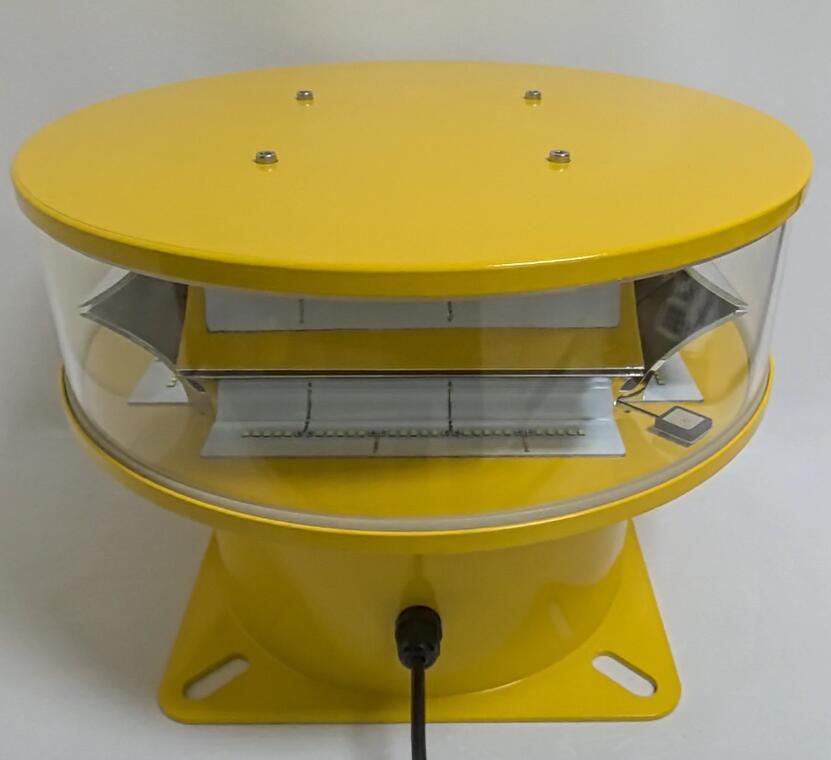Posted: 2024-11-04
In the vast expanse of the sky, where aircraft glide gracefully through the air, there is a silent yet crucial element that ensures the safety of flights and those on the ground – the aircraft warning light system. This unassuming yet essential technology acts as a vigilant sentinel, constantly on guard to prevent potential disasters and keep the skies safe.
The aircraft warning light system is a complex combination of lights and signals that serve multiple purposes. At its core, it is designed to make aircraft visible to other pilots and to people on the ground, especially in low-light conditions or when visibility is reduced. These lights act as a visual beacon, alerting others to the presence of an aircraft and helping to avoid collisions.
One of the key components of the aircraft warning light system is the anti-collision light. These bright, flashing beacons are located on the top and bottom of the aircraft and can be seen from a great distance. They are designed to catch the attention of other pilots and act as a warning sign, indicating the presence of an aircraft in the vicinity. The anti-collision light is especially important during periods of low visibility, such as at night, in fog, or during heavy rain. By flashing brightly, it alerts other aircraft to the presence of a nearby plane and helps prevent mid-air collisions.

In addition to the anti-collision light, aircraft are also equipped with navigation lights. These lights are used to indicate the position and direction of the aircraft. The navigation lights consist of a red light on the left wingtip, a green light on the right wingtip, and a white light on the tail. These standardized colors help pilots identify the orientation of other aircraft and ensure safe separation during flight. The navigation lights are essential for maintaining order in the skies and preventing collisions between aircraft.
| Aircraft Warning Light System | TR4 |
Another important aspect of the aircraft warning light system is its role in ground operations. When an aircraft is taxiing on the runway or parked at the gate, the warning lights help ground crew and other personnel identify its location. This is particularly important in busy airports where there is a constant flow of aircraft and ground vehicles. The lights also serve as a warning to people on the ground to stay clear of the aircraft and avoid potential accidents.
The aircraft warning light system is not only important for safety but also for regulatory compliance. Aviation authorities around the world have strict requirements regarding the installation and operation of warning lights on aircraft. These regulations are in place to ensure that all aircraft are visible and identifiable, reducing the risk of collisions and enhancing overall safety. Manufacturers and operators must adhere to these standards to ensure the safety of their flights and the well-being of those on board.
Despite its importance, the aircraft warning light system is often taken for granted. We seldom think about these lights until we see them flashing in the night sky or notice them on an aircraft as it passes overhead. However, without this essential technology, air travel would be much more dangerous and unpredictable.
In conclusion, the aircraft warning light system is a silent sentinel that plays a crucial role in ensuring the safety of air travel. From anti-collision lights to navigation lights and ground operations, this system is a vital part of the aviation industry. As we continue to rely on air travel for business, leisure, and other purposes, it is essential that we recognize the importance of the aircraft warning light system and ensure that it is properly maintained and functioning at all times. By doing so, we can help keep the skies safe and ensure that air travel remains a reliable and efficient mode of transportation.